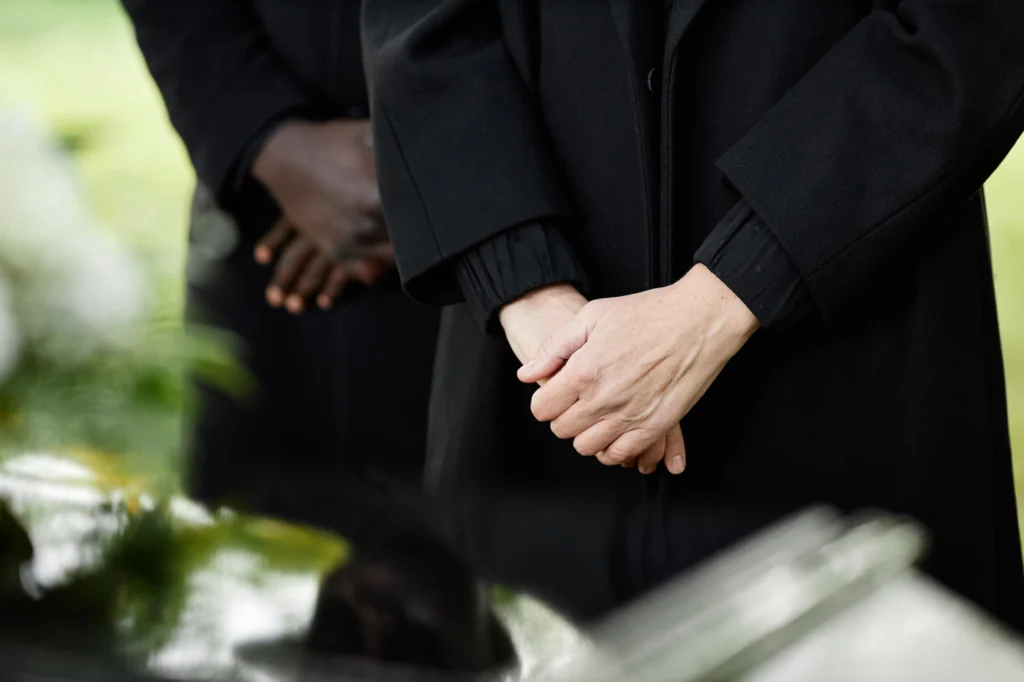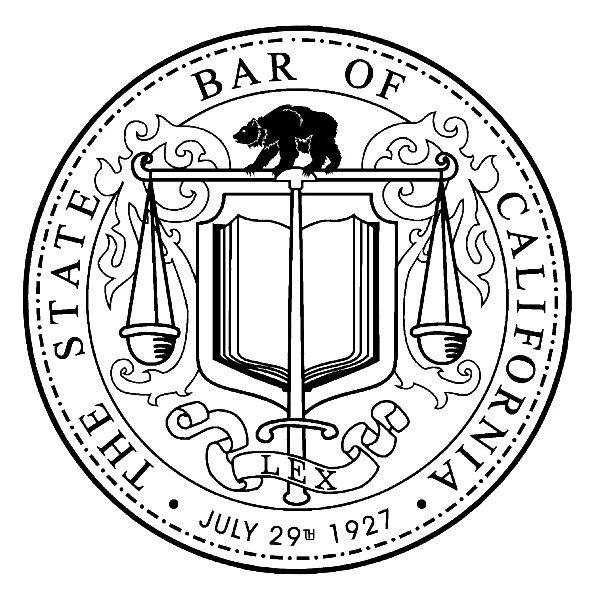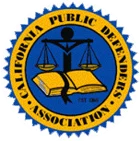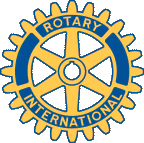Filing a wrongful death lawsuit after the loss of a loved one can be emotionally overwhelming, and many families are unsure of what to expect throughout the legal process. Understanding the steps involved can help you navigate your claim with greater clarity and confidence. In this blog, we’ll walk you through the wrongful death lawsuit process in California and what you can expect at each stage. For more detailed information on wrongful death claims, visit our Wrongful Death Redding CA page for comprehensive legal guidance.
Key Stages of a Wrongful Death Lawsuit
Before diving into the details of each step, it’s important to understand the key stages of a wrongful death lawsuit. From filing the claim to a possible trial or settlement, the legal process can be complex and requires careful preparation and support from legal professionals. Each stage plays a crucial role in building your case and ensuring you receive the compensation your family deserves.
1. Filing the Wrongful Death Lawsuit
The first step in pursuing a wrongful death claim is filing the lawsuit. In California, only certain family members or financial dependents are eligible to file a wrongful death claim. These individuals include:
- Spouses or domestic partners
- Children (biological or adopted)
- Parents, if the deceased had no spouse or children
- Other financial dependents, such as stepchildren or legal guardians
Your attorney will file the wrongful death lawsuit in civil court on behalf of the family members or dependents. The lawsuit must be filed within two years of the date of the death, as California law imposes a statute of limitations on wrongful death claims.
2. The Discovery Phase
Once the lawsuit is filed, the next stage is discovery, during which both sides gather evidence to build their case. This phase is critical, as the strength of your evidence will play a major role in determining the outcome of the case.
What Happens During Discovery?
During the discovery phase, both the plaintiff (the family filing the claim) and the defendant (the party being sued) exchange information and gather evidence to support their arguments. This includes:
- Requesting documents: Each side may request documents, such as medical records, accident reports, or financial statements, that are relevant to the case.
- Depositions: Depositions are sworn statements taken under oath, where witnesses and experts provide testimony. Both the plaintiff and defendant may depose key individuals involved in the case.
- Interrogatories: Interrogatories are written questions that each side submits to the other, seeking detailed information about the facts of the case.
The discovery phase is an essential part of the wrongful death lawsuit process, as it allows both sides to gather the necessary evidence to present in court.
3. Settlement Negotiations
After the discovery phase, many wrongful death cases enter into settlement negotiations. During this stage, the plaintiff and defendant may attempt to reach a settlement agreement before the case goes to trial. Settlement negotiations can take place at any point during the lawsuit process, but they are especially common after both sides have gathered enough evidence to assess the strength of the case.
Why Are Settlements Common?
Wrongful death lawsuits can be lengthy, costly, and emotionally taxing. Reaching a settlement can help both parties avoid the uncertainty of a trial, which may take months or even years to resolve. In many cases, settlements result in faster compensation for the family and eliminate the need for a prolonged legal battle.
What Happens If a Settlement Is Reached?
If both sides agree on a settlement amount, the wrongful death case will be resolved, and the family will receive compensation without having to go to trial. The settlement typically includes compensation for both economic and non-economic damages, such as:
- Medical expenses
- Funeral and burial costs
- Lost income
- Loss of companionship and emotional support
Your attorney will help you evaluate any settlement offers and negotiate on your behalf to ensure you receive fair compensation for your losses.
4. Going to Trial
If a settlement cannot be reached, the wrongful death case will proceed to trial. During the trial, both sides will present their evidence, call witnesses, and argue their case before a judge or jury. The trial process can be complex and time-consuming, but it allows the plaintiff to fully present their case and seek justice for their loved one’s death.
What Happens During a Trial?
At trial, the plaintiff’s attorney will present evidence to prove that the defendant’s negligence or wrongful actions caused the death of the family member. This may include:
- Testimony from expert witnesses, such as doctors or accident reconstruction specialists
- Medical records or accident reports
- Testimony from family members and others about the emotional and financial impact of the death
The defendant’s attorney will also present their case, attempting to refute the plaintiff’s claims and argue that they were not responsible for the death. After both sides have presented their evidence, the judge or jury will decide whether the plaintiff has proven their case.
How Is Compensation Determined?
If the plaintiff wins the case, the court will award compensation to the family. This compensation may include:
- Economic damages, such as medical bills, funeral costs, and lost income
- Non-economic damages, such as emotional pain and suffering and loss of companionship
- In some cases, punitive damages may also be awarded if the defendant’s conduct was especially reckless or intentional
Your attorney will guide you through the trial process and work to ensure that your case is presented effectively to the court.
5. The Appeals Process (If Necessary)
After the trial, either side may file an appeal if they believe that there were errors made during the trial that affected the outcome. An appeal is not a retrial, but rather a review of the legal process to determine if the law was applied correctly.
What Happens During an Appeal?
During an appeal, a higher court will review the case and decide whether to uphold or overturn the original verdict. The appeals process can take months or even years, and the outcome is not guaranteed. If the higher court decides that there were legal errors during the trial, they may order a new trial or modify the original judgment.
While the appeals process is not always necessary, it’s important to be aware of the possibility if the outcome of the trial is unsatisfactory.
The Importance of Legal Representation
Navigating a wrongful death lawsuit can be complicated and emotionally challenging. Having an experienced wrongful death attorney by your side is essential to ensuring that your rights are protected and that your case is handled with care.
At Cibula Law, we are committed to helping families in Redding, CA, seek justice after the wrongful death of a loved one. Our team will guide you through every step of the lawsuit process, from filing the initial claim to negotiating settlements and, if necessary, representing you at trial.
For more information about the wrongful death lawsuit process, visit our Wrongful Death Redding CA page to explore your legal options.
Schedule a Consultation
If you have lost a loved one and are considering filing a wrongful death lawsuit, contact Cibula Law to discuss your case. Our experienced attorneys will help you understand the lawsuit process and fight for the compensation your family deserves. Schedule a consultation today to get started.








